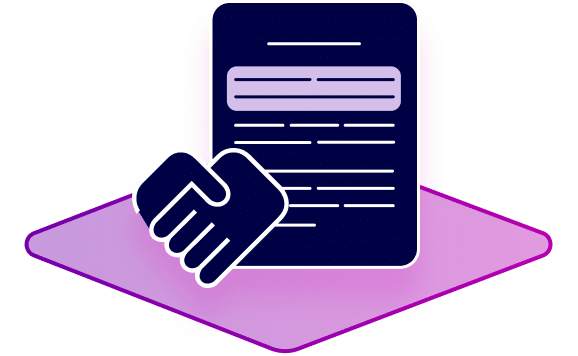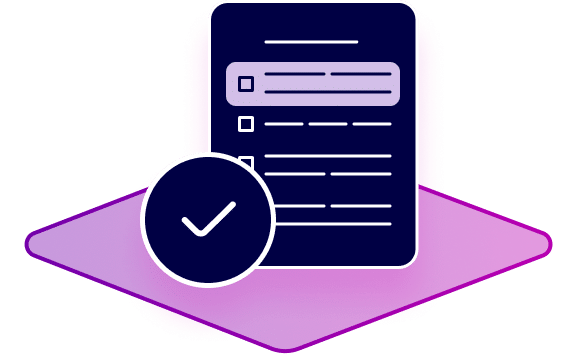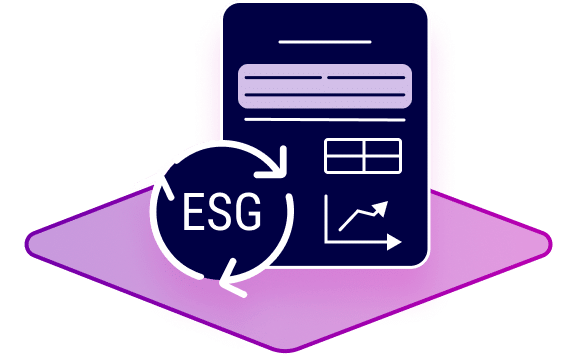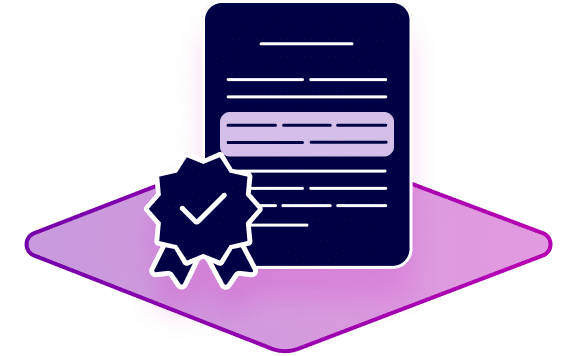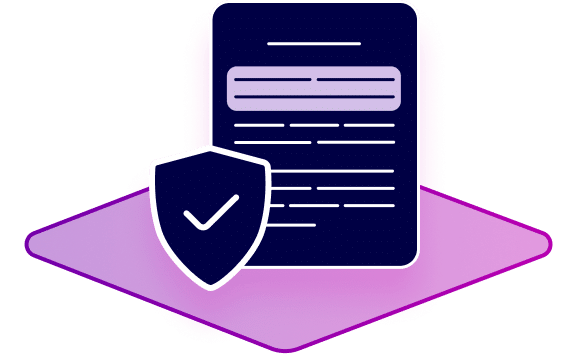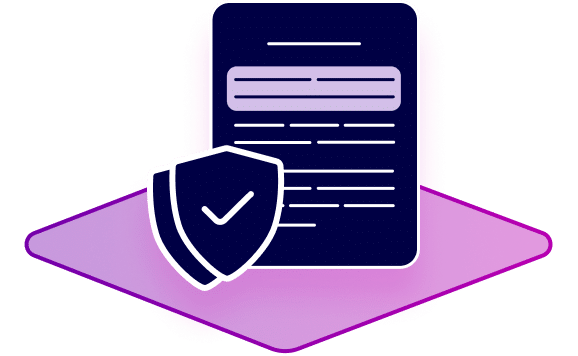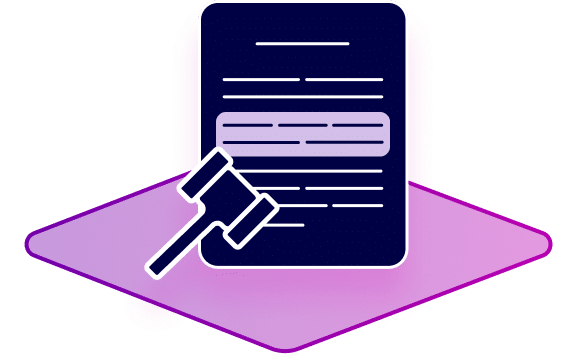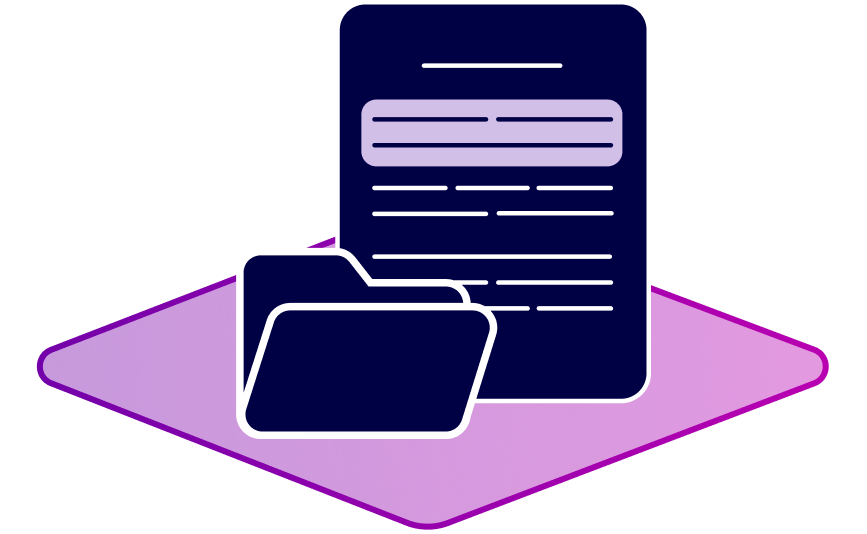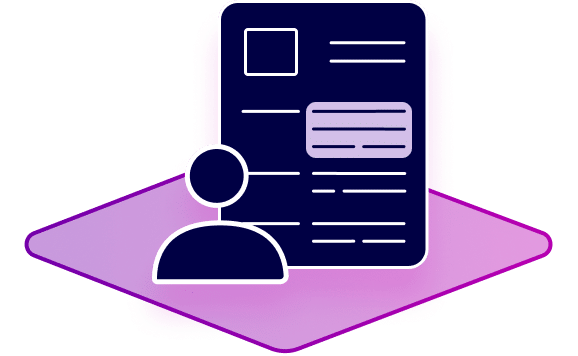
Quick Guide to Compliance Management
Today, no company can do without solid compliance management. While more and more organizations are recognizing its importance to business success, many are still using outdated systems and tools. In this article, we provide an overview of essential elements of modern compliance management, current challenges and future-proof (digital) solutions.
Table of Contents
- What is compliance management?
- Why invest in compliance management?
- Challenges in corporate compliance
- Structure of a compliance management system
- The foundation: compliance rules
- Compliance software: Digital tools for compliance management
- Artificial intelligence in compliance management
Compliance management – A definition
Compliance management describes all processes and tools companies use to ensure they act according to legal requirements and internal guidelines. Which requirements are mandatory and meaningful depends on numerous factors, such as company size, legal form and industry.
Effective compliance management includes communication of introduced processes and rules, regular audits and adjustments, and consistent sanctions for violations.
Why invest in compliance management?
If management and employees adhere to compliance rules, companies minimize their liability risk: Not only do they reduce the risk of legal violations, but they can also expect a lower penalty in case of a violation. The German Federal Court of Justice (ruling of May 9, 2017 – 1 StR 265/16) has decided that courts can take into account the existence of an effective compliance management system in mitigating punishment in their sentencing.
Not only legal violations, but also ethically questionable business practices bear the risk of reputational damage if they become public. Compliance management can prevent such events from happening. However, it is not only defensive in nature.
An established compliance management system can also be a competitive advantage, since public-sector clients in particular often make proof of compliance management standards a business condition.
Challenges in corporate compliance
The job of compliance managers has become more demanding in recent years. Compliance management has to deal with many societal and economic challenges which create an explosive mix.
- Digitalization is massively changing the economy and accelerating its pace. As a result, the pace of legal changes is also picking up. To minimize risks, companies must review and adapt their compliance rules more frequently.
- The globalized economy offers companies enormous growth potential, but also increases the complexity of organizations. When new subsidiaries are to be integrated or business units spun off, comprehensive legal reviews are necessary and detailed contracts must be drawn up.
- Companies are increasingly feeling the shortage of specialists in compliance management. According to the Deloitte study The Future of Compliance 2021, a lack of personnel is one of the current top 3 challenges.
Setting up a compliance management system
How a company ensures its compliance is basically for the leadership to decide. There are various international (management) standards for setting up compliance management systems.
For example, companies seeking certification as proof of their compliance can follow ISO 37301, which specifies targets, structures and processes.
A first important conceptual step in the development of a compliance management system is the analysis of compliance risks and the determination of the status quo. Subsequently, rules and regulations are developed or consolidated, processes are set up and responsible persons are appointed.
The path to effective compliance management
- Risk analysis
- Status analysis
- Creation of compliance rules and regulations
- Appointment of compliance officers and persons responsible for specific topics
- Implementation of processes and systems in the company
- Management and control of compliance processes
The foundation: compliance rules
In the best case, compliance management covers all areas of a company and defines specific measures to identify risks, prevent and punish violations. To this end, it makes sense to create various sets of rules.
Whether a comprehensive Code of Conduct is created or different subject-based guidelines are drawn up depends on the individual company situation. In any case, it is crucial that the standards are communicated to employees and that training is provided where necessary.
Compliance officers should regularly check whether the guidelines need to be revised due to changes in the company or new legal requirements.
5 typical topics for compliance guidelines
Code of Conduct: The policy provides information on basic standards of conduct for employees, for example on dealing with conflicts of interest, donations, gifts and company property.
Equal opportunity policy: The rules serve to protect employees against any kind of discrimination and harassment in the workplace and aim to promote diversity.
Occupational Health and Safety Policy: The document describes how the company fulfills its obligations with regard to employee health and safety and informs employees of their rights and obligations.
Policy on the use of social media and the Internet: The document specifies what employees must take into account when using the company IT infrastructure and what information they may publish on the Internet. The employee’s personal rights to freedom of expression must be balanced with the employer’s interests.
Data protection: The policy regulates how the company handles employees’ personal data and how employees must handle personal customer data in order to comply with the applicable data protection regulations.
Compliance software: features and limitations of classic tools
It takes continuous attention to maintain corporate compliance. Companies depend on powerful digital tools if they want to contain costs and keep their compliance management efficiency competitive. Compliance managers name digitization as a key future topic for the coming years in the Deloitte Compliance Report 2021.
Traditional compliance software can help managers streamline workflows, bringing more transparency and efficiency to risk analysis and monitoring of compliance-relevant processes.
Typical compliance software functions:
- Risk management
- Audit Management
- Policy Management
- workflow management
- Reporting
A central risk factor for compliance is contract management. When agreements are concluded with new business partners, they must be checked for compliance. In the case of corporate acquisitions, lawyers have to reconcile existing policies. Contract and document reviews cost an enormous amount of time. The legal department, which is often short-staffed, thus becomes a bottleneck for growth and success. This is where legal tech can provide a remedy.
Legal tech and AI enable fast compliance checks
With legal tech, companies can speed up the review processes and eliminate it as a bottleneck for growth. Contract review software is an important kind of legal tech.
Contract review software is now able to use artificial intelligence (AI) to match documents and indicate content matches and discrepancies. The lawyer can then focus his review on text passages identified by the application as problematic or conspicuous.
However, the quality of AI compliance solutions that are available on the market varies considerably: many applications require extensive AI training, which drives up costs. Other applications work with pre-trained AI. In both cases, however, the results are not optimal: If content in a document is phrased in a way that differs from the defined term set of the application, the solutions will not recognize the content match.
Only semantic AI applications offer a remedy to this problem. They understand the documents at the level of meaning and therefore deliver both: fast processing and a high reliability of the results. Check hundreds of contract pages for compliance in just a few minutes? With AI applications like semantha®, that becomes the new standard. Another strength of semantic AI compared to other contract review tools: it can be applied to many different use cases.
You want to test the unique AI on your own documents? Arrange a meeting with us: CTA
Picture: Adobe Stock / Looker_Studio


